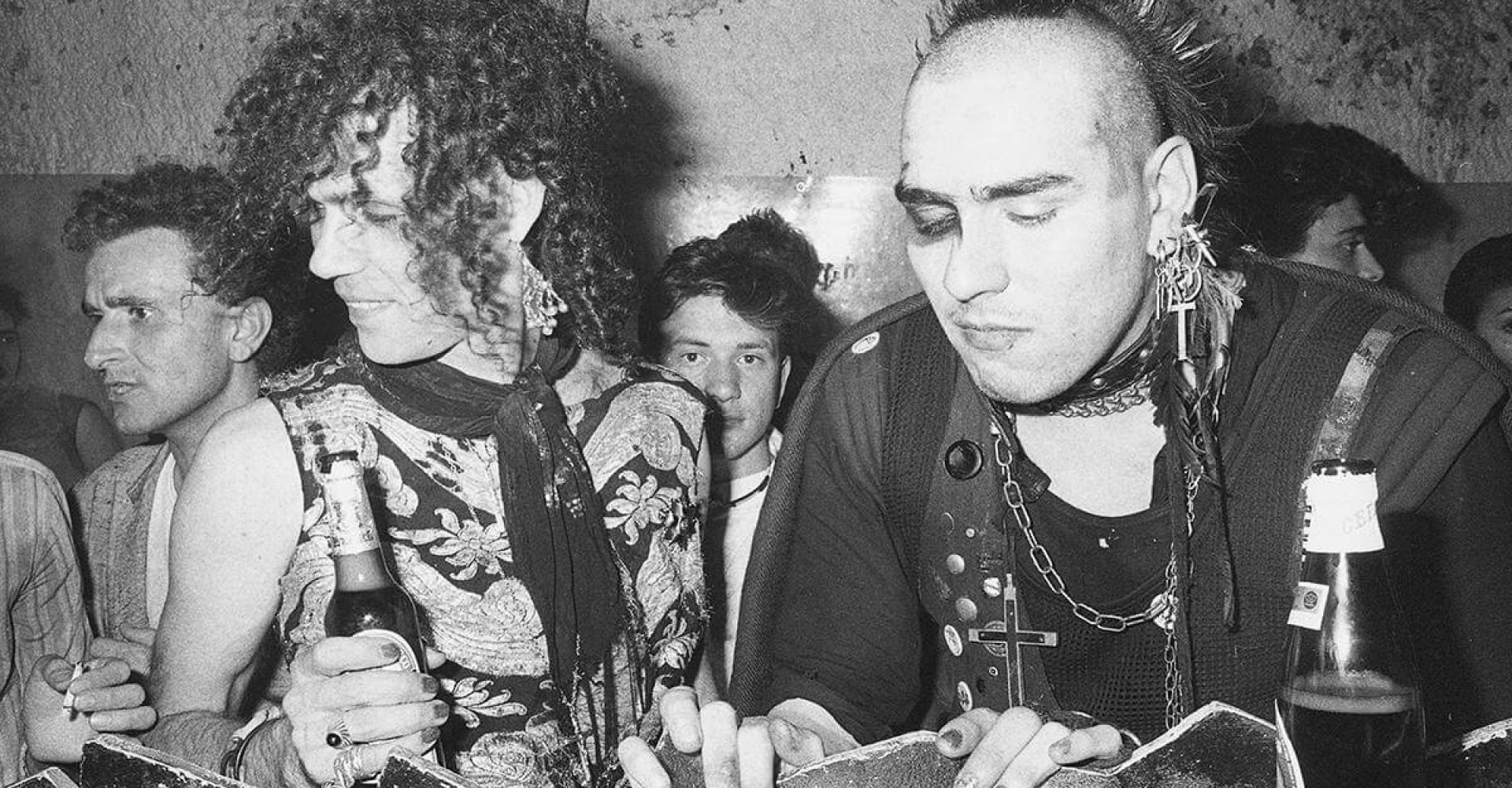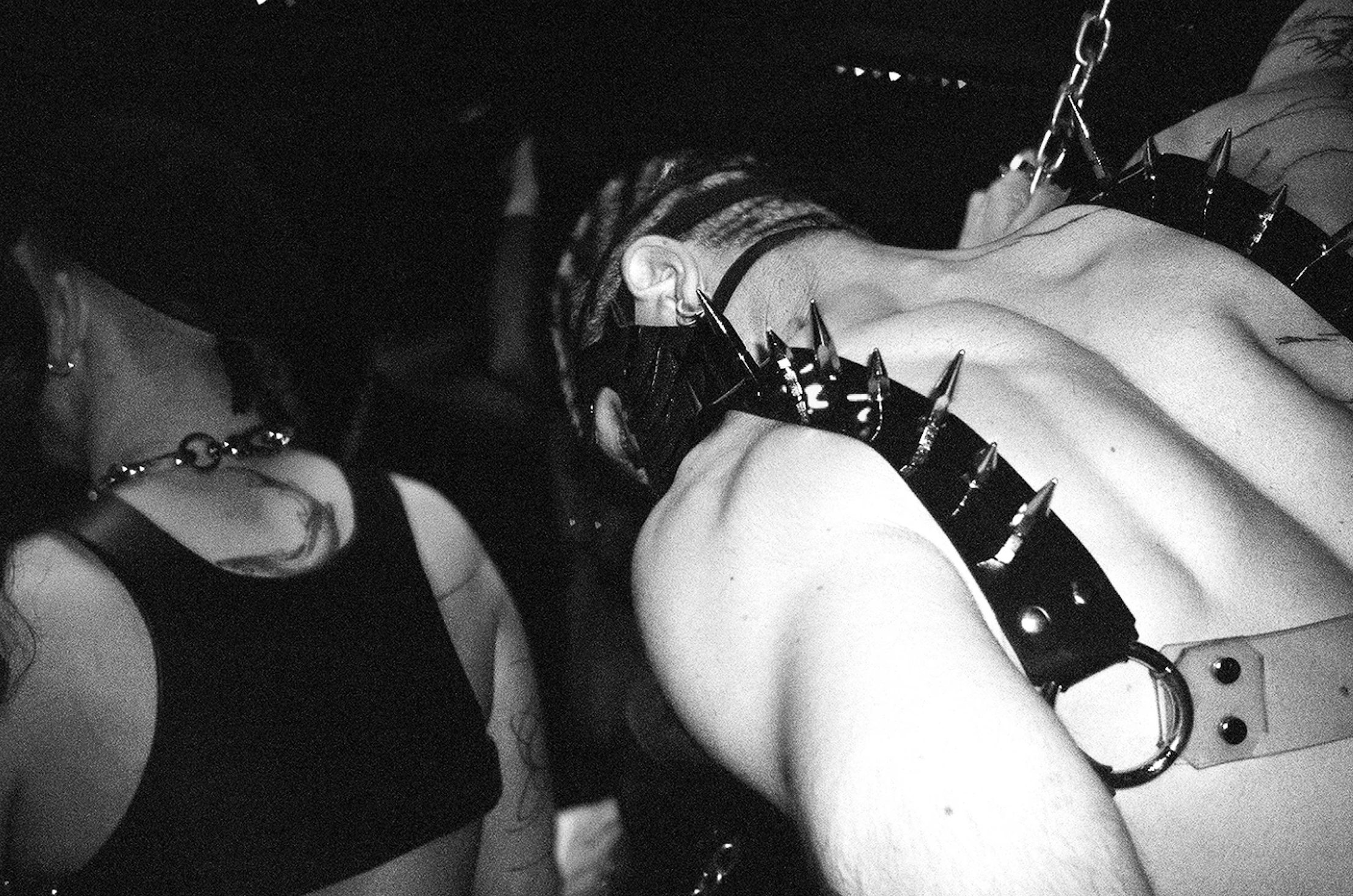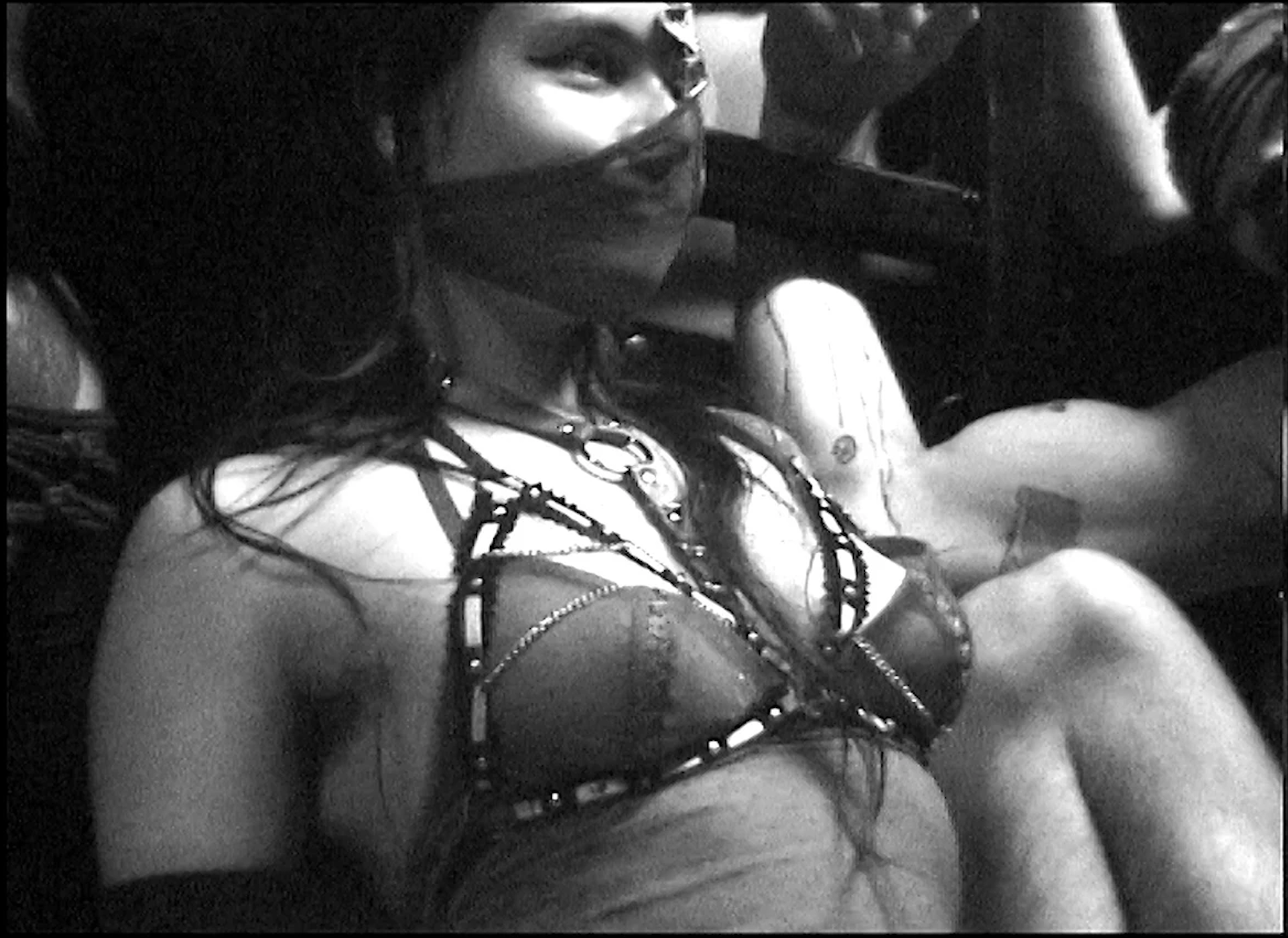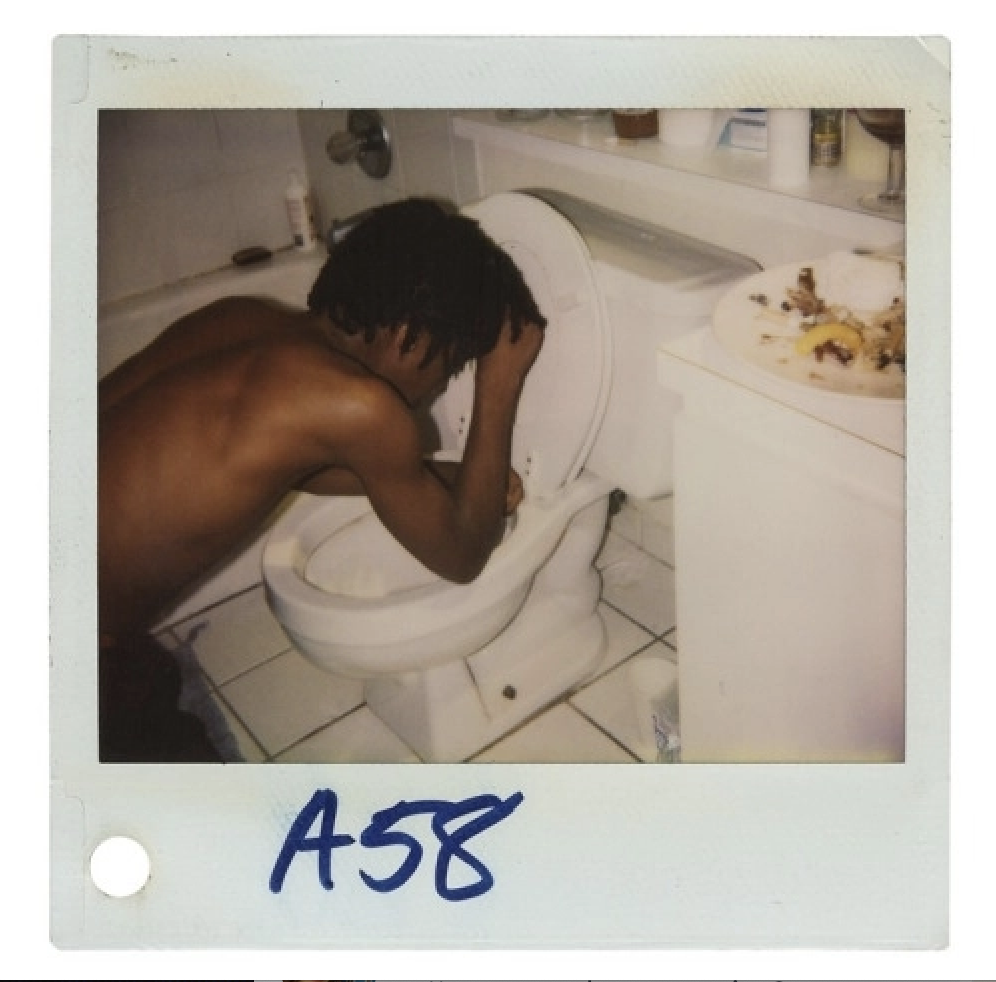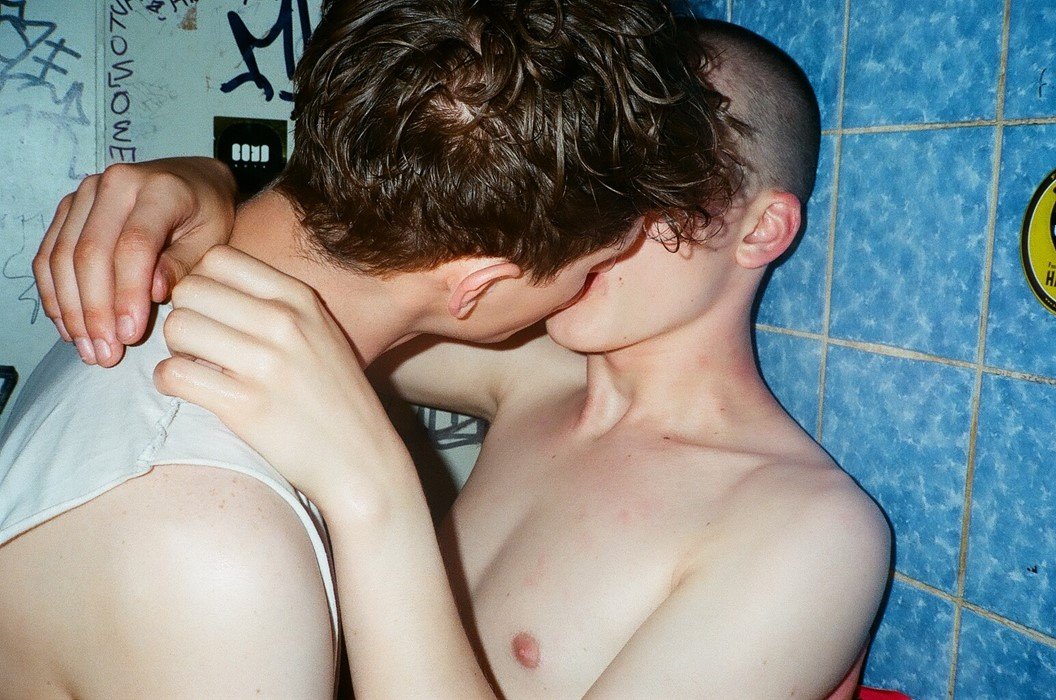These free parties became heavily politicized once the-then conservative UK government outlawed large gatherings of people that play music described as “a succession of repetitive beats” in 1994. This ultimately led to a growing amount of raves, but also to the rise of festivals.
Nonetheless, mainstream club culture was predominant, and its commercialization in the late 90s was profitable for DJs worldwide.
Today, the last generation’s clubbing blueprint is being brought back to life, mostly thanks to artists and people involved in the art world bringing back rave culture. While the prevailing clubs in Milano remain conventional like Gattopardo, The Club or Magazzini, Milano still offers many alternatives.
These spots are fostered by progressive artists who tend to want to break free from societal norms, habits and lifestyles. In this way, these parties can only offer a safe space for those who don’t necessarily fit standards.
Going out also offers entertainment and socialization with other artists, often engendering ingenuity and creativity. The presence of substances, licit and illicit, can offer new perspectives and facilitates encounters. In that way, clubbing is a break from society’s chokehold.
Often, artists seek to promote their work through events. In Milano, techno and art are seen together more often than not – abandoned buildings come to life with modern artworks and the boom of the basses. These niche events engage its crowd intellectually and physically; you experience the art in a an intimate way with like-minded people - on the contrary to a museum, which remains formal.
